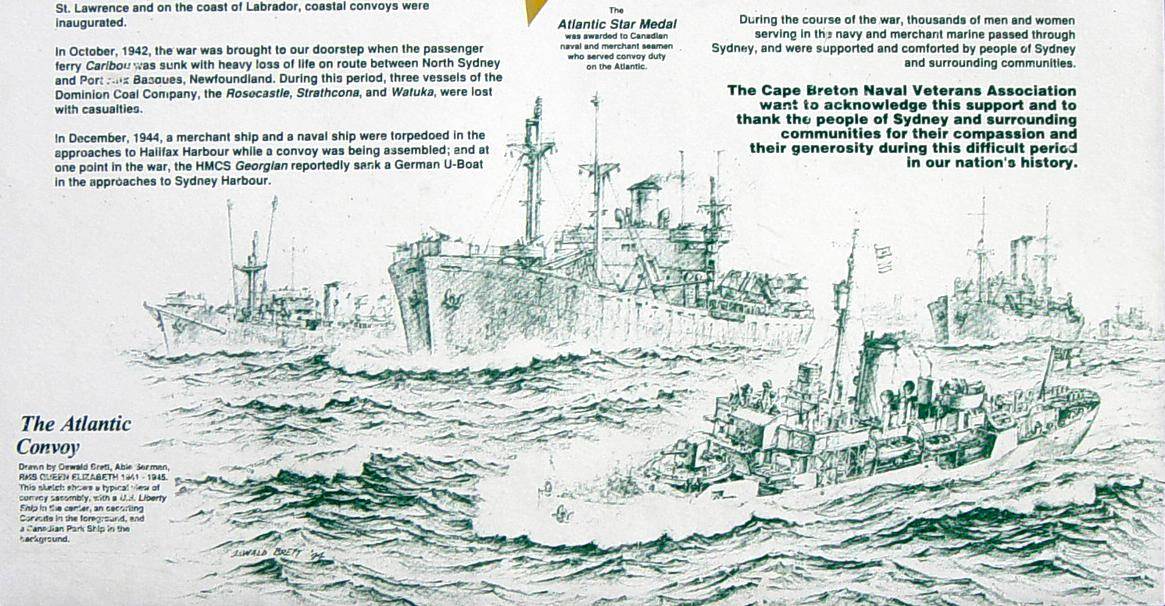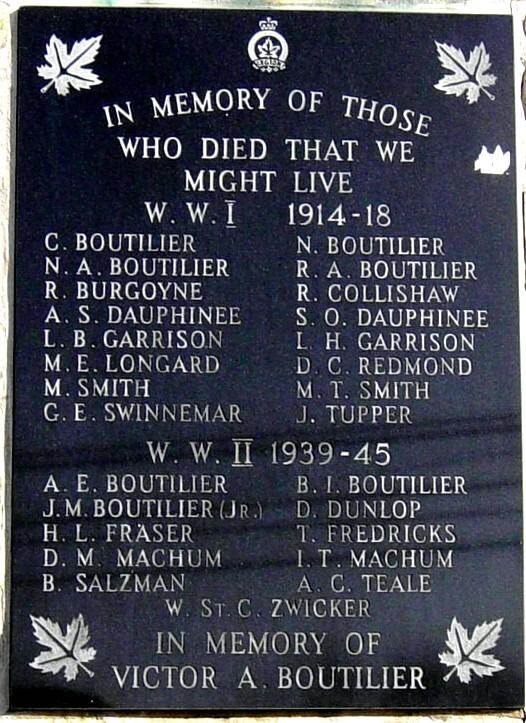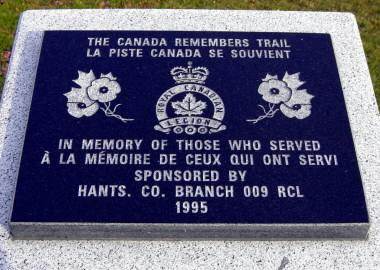
Photographs of
Fort Edward Blockhouse 1750
The oldest blockhouse in Canada, and one of the few
mid-18th century buildings still standing in Nova Scotia
http://museum.gov.ns.ca/musdir/fortedwardnationalhistoricsite.htm
National Historic Site
Windsor Hants County Nova Scotia
GPS location: 44°59’48″N 64°08’07″W
The Fort Edward blockhouse is located only 12 seconds of latitude –about360metres–
south of 45° latitude, half way between the Equator and the North Pole.
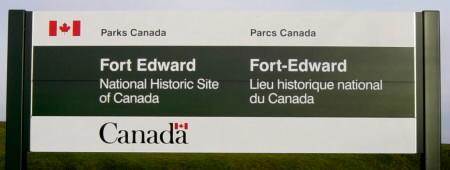
Fort Edward National Historic Site, Windsor
Photographed on 21 November 2002
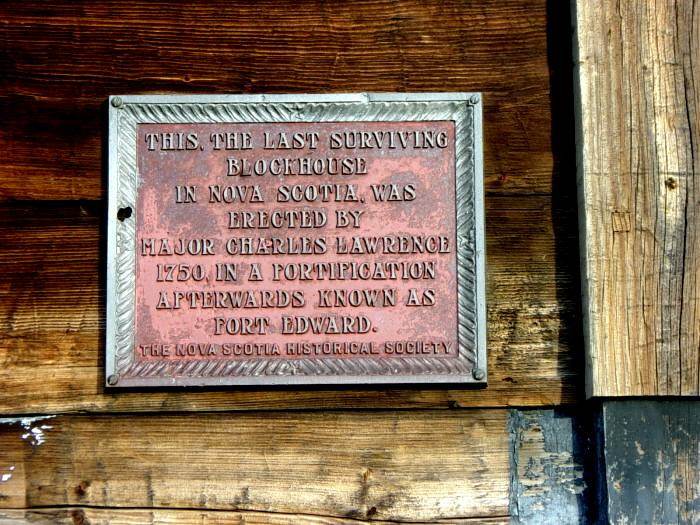
Last Surviving Blockhouse
Photographed on 21 November 2002
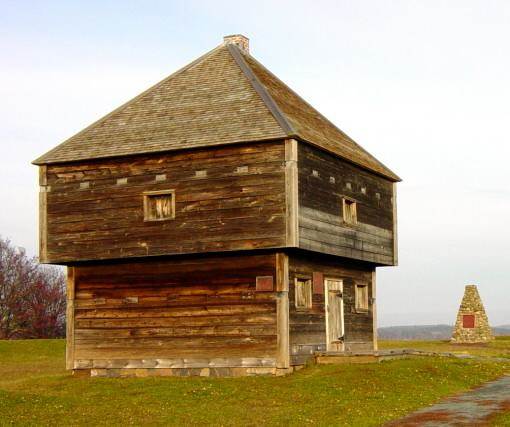
Fort Edward Blockhouse, Windsor
Photographed on 21 November 2002
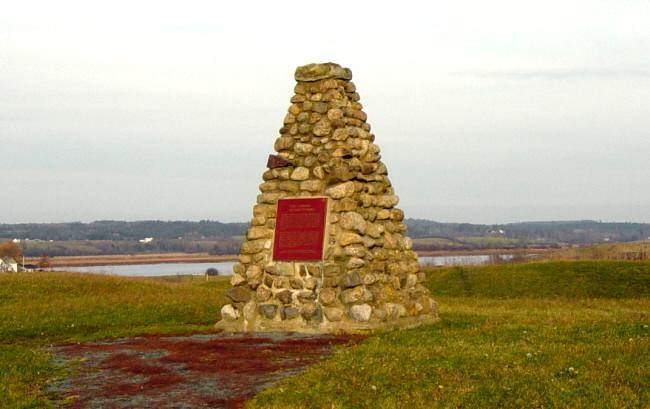
Fort Edward cairn, Windsor
Photographed on 21 November 2002
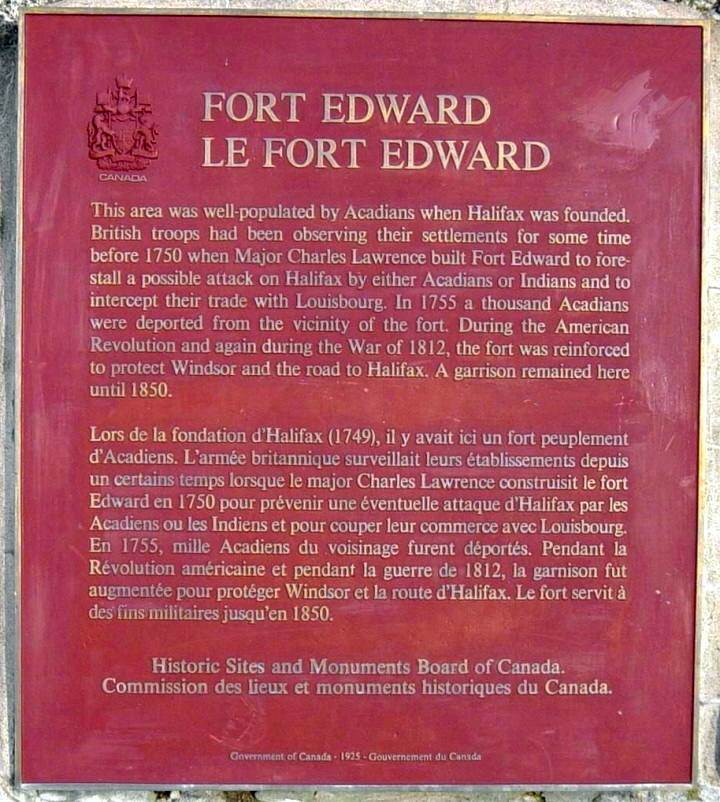
Plaque date: 1925
Photographed on 21 November 2002
Seven Years War 1754-1763
Fort Edward was constructed in 1750, as part of
the preliminaries that led to the Seven Years War.
Fort Edward by Wikipedia
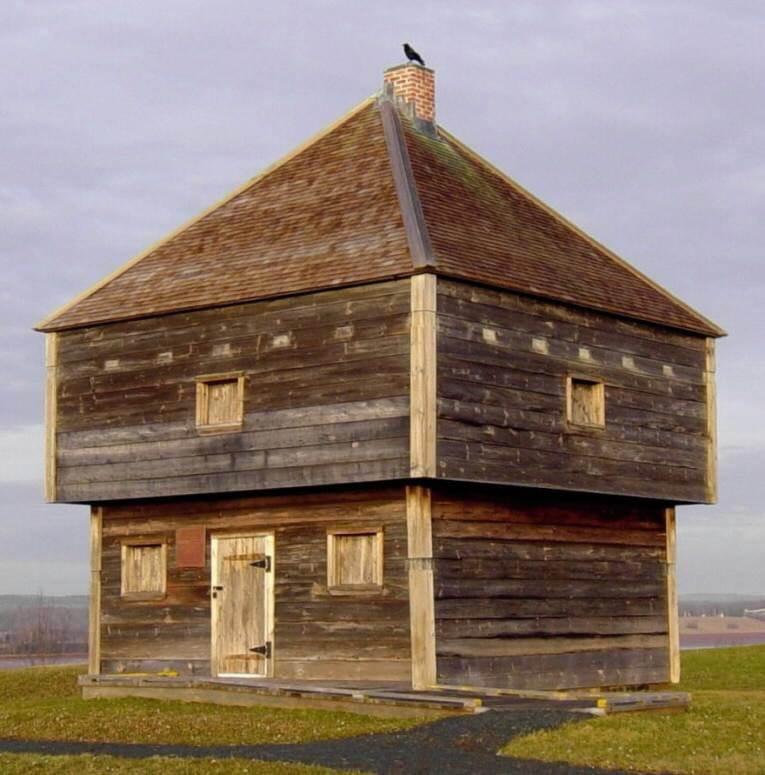
Fort Edward Blockhouse, Windsor
Photographed on 24 December 2003
Also see: Flora MacDonald plaque

Blockhouse at Annapolis Royal, Nova Scotia
Source: Canadian Illustrated News, 27 December 1872
Reproduced from the National Library of Canada’s website
http:www.nlc-bnc.ca/
The blockhouse at Annapolis Royal survived to 1882 when it was sold for firewood.
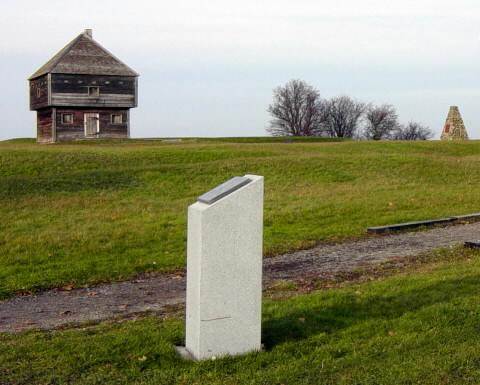
Fort Edward Blockhouse, Windsor
Photographed on 21 November 2002

RCL: Royal Canadian Legion
Photographed on 21 November 2002

Fort Edward, as it appeared in the early 1900s.
The building with the red roof, in the center of this photograph,
was the Officers’ Quarters. It burned down on 16 June 1922.
This Valentine & Sons postcard was postmarked in Windsor in June 1908.
Planter 2010 Celebration in Nova Scotia
Fort Edward Blockhouse by the West Hants Historical Society
http://www.glinx.com/~whhs/ftedward.html
Salvage Excavation and Construction Monitoring at Fort Edward National Historic Site
http://www.crmgroup.ns.ca/fort_ed.html
Fort Edward National Historic Site by the Department of Tourism and Culture
http://museum.gov.ns.ca/musdir/fortedwardnationalhistoricsite.htm
On the Trail of the Scots: Hants County
by Allen B. Robertson, in Celtic Heritage, July-August 2004
…It was in the year 1749 therefore that a military party was assigned to construct
defences on the banks of the Pisiquid [now Avon] River. Here Fort Edward was
created from earthen embankments, wooden picket fencing, a block house and
barracks. Now only the earthworks and block house [now a national historic site]
remain as tangible reminders of the colonial era. Two and a half centuries ago,
though, the fort served as more than a military site. Acadians and Mi’kmaq at
different times traded or resided in the area, Acadians were held as prisoners
at the Deportation of 1755 and for several years thereafter, and it was here that
the merchants and officials of Halifax had their rural retreats. The original garrison
of Fort Edward and the ensuing changes of personnel included Scots and Irish
soldiers, entrepreneurs and humble immigrants. New England Planters who
took up government offers of farm lands a decade after the founding of Halifax
established themselves across the Avon River in Falmouth, at Newport, and on
into present day Kings County. Fort Edward became the heart of a separate
Township under the name of Windsor. In time the title of Windsor meant the
actual town which grew up around the fort. All three townships – Falmouth,
Windsor and Newport – had at their beginnings in the 1760s several Celtic
colonists both civilian and military. Intermixed among the population were
military officers who received land grants and gave names to their estates
that persist to this day…
http://www.celticheritage.ns.ca/genealogy.htm
The Life and Death of William Desmond Taylor
…The original Fort Edward was built in 1750. By World War One it was gone,
just an historical marker. But it was a local landmark and still is. When a
temporary wooden barracks was built the locals still referred to it as Fort
Edward although a barracks is not a defensive structure. The local paper,
a weekly paper called the Hants Journal, usually referred to the wartime
facility as “Fort Edward”. But midway through World War One, a B.E.F.
training depot was established, which was a large tent encampment, and local
buildings like the library and YMCA were requisitioned for base use, like
stores, officers’ quarters, etc. With both Canadian military activities and
British military activities going on in the same small town, even the press
started using hybrid terminology, referring to “Camp Fort Edward” in the
Hants Journal, – and this means the B.E.F. tent camp at Fort Edward…
http://www.public.asu.edu/~ialong/Taylor40.txt
A Continuing Exploration of the Life and Death of William Desmond Taylor
Taylorology, Issue 12, December 1993
…The facts of William Desmond Taylor’s military service are as follows:
He enlisted as a private in the British Army and arrived at Camp Fort Edward,
Nova Scotia, Canada, in August 1918…
http://www.public.asu.edu/~ialong/Taylor12.txt
William Desmond Taylor Wikipedia.
In the 1950 film Sunset Boulevard, the name Norma Desmond is a reference to Taylor’s middle name.

